Churchill Fireworks – Canada Day
Even though these fantastic shots by Alex De Vries – Magnifico were from the Canada Day celebration in Churchill it seems fitting to post these in honor of the fourth of July in the US. Happy fourth everyone. Enjoy!

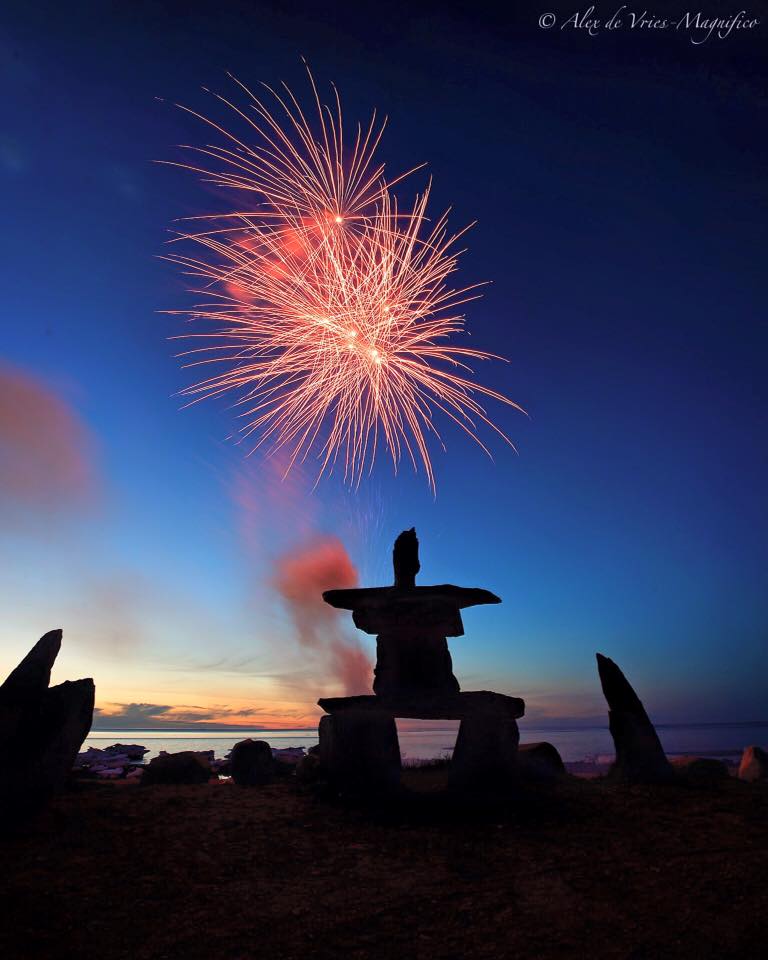
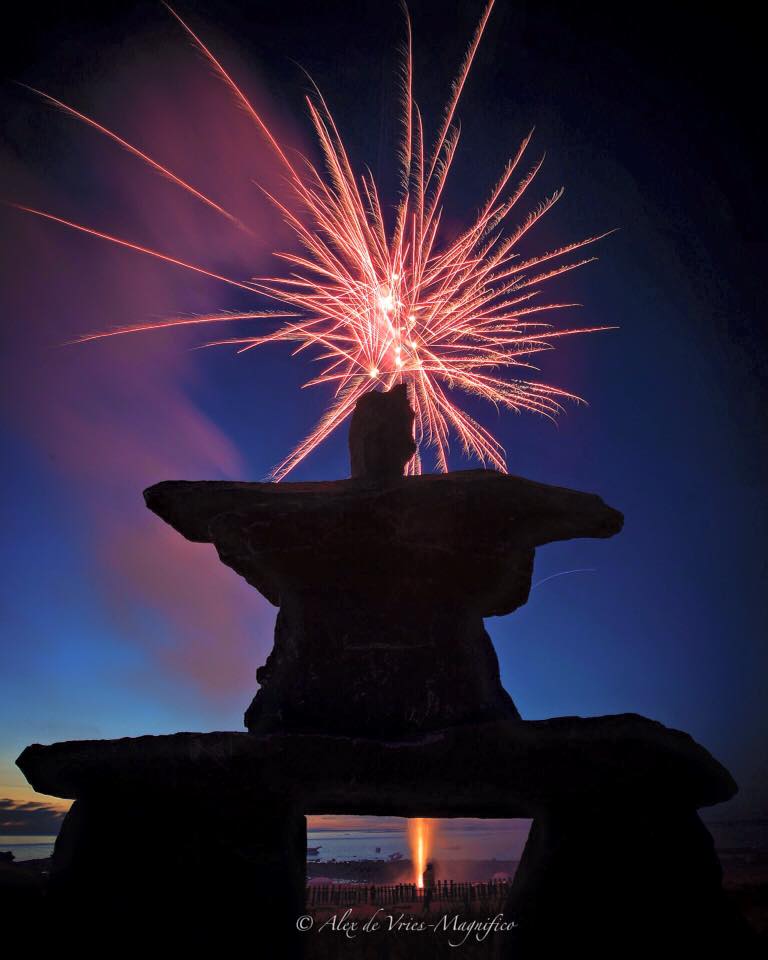

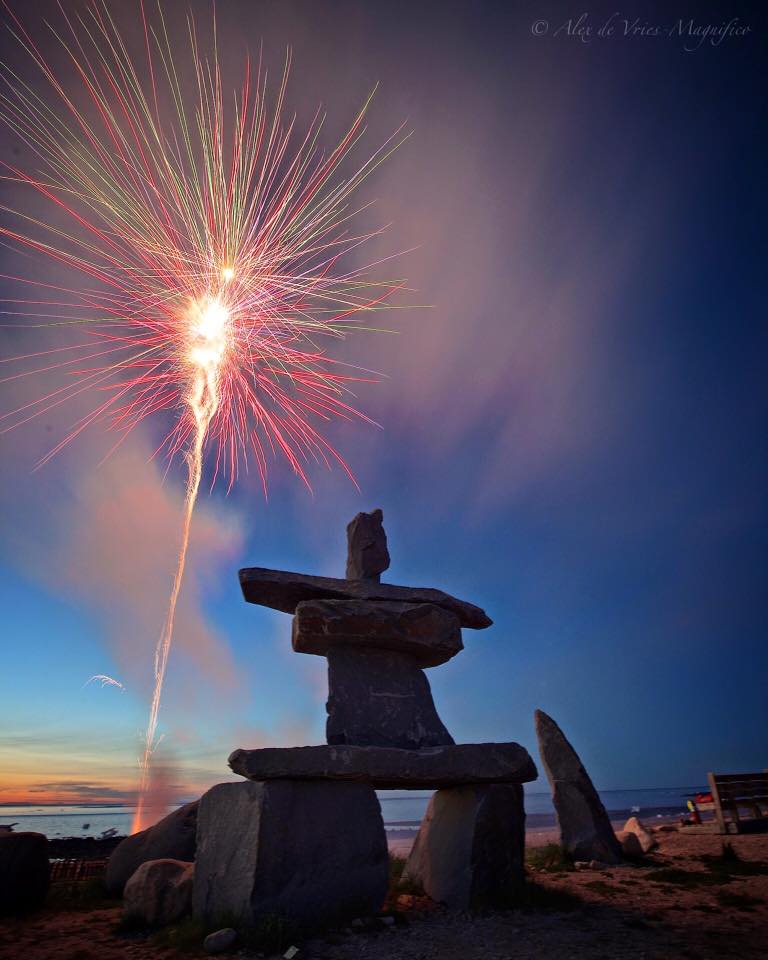
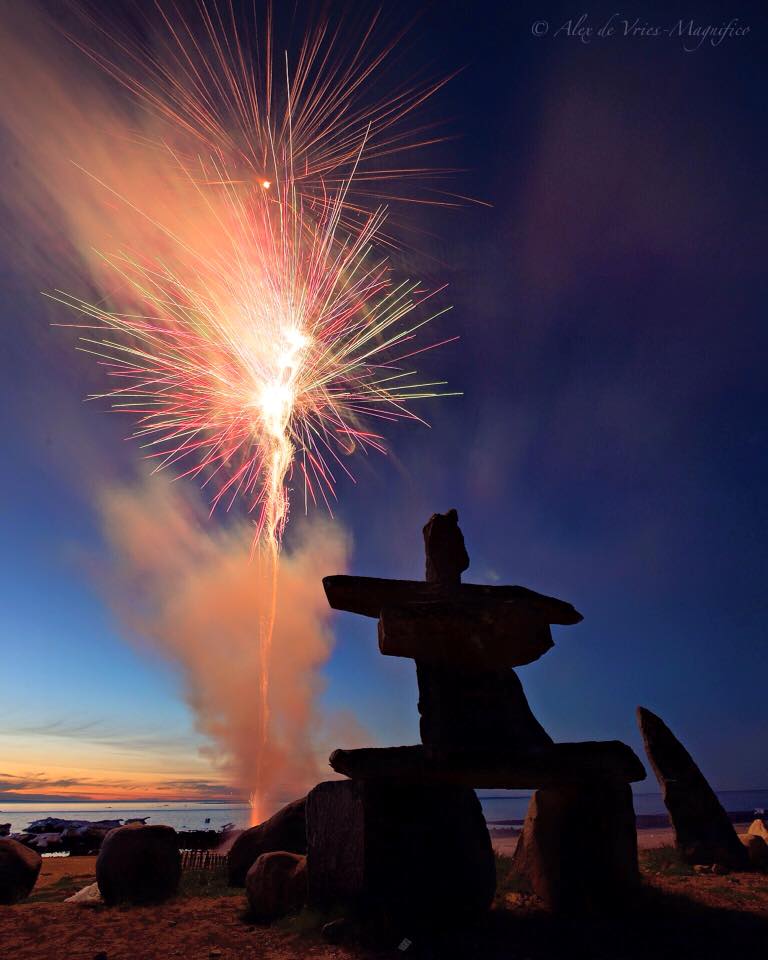
Even though these fantastic shots by Alex De Vries – Magnifico were from the Canada Day celebration in Churchill it seems fitting to post these in honor of the fourth of July in the US. Happy fourth everyone. Enjoy!






Canada Day was yesterday and this shot from Alex De VRies – Magnifico in Churchill is an awesome one of the fireworks over the Hudson Bay. Churchill Arctic summer is now officially underway!
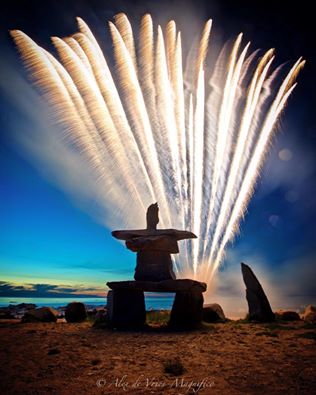
Canada Day fireworks in Churchill. Alex De Vries – Magnifico photo.
With current studies showing nearly a third of the Arctic’s tundra regions are warming (NASA), research is supporting the current Arctic “greening” is directly attributed to greenhouse gas emissions from human related activity. Research from the study was recently published in the journal Nature Climate Change.
The “greening” being witnessed in these areas of the Arctic is being attributed to “anthropogenic forcings, particularly to rising atmospheric concentrations of greenhouse gases.” Researchers are seeing a precipitation decline in areas that are not greening to a large extent. Increased usage of fossil fuels as well as fertilizers related to population growth is also contributing to the greening of certain areas.
NASA’s findings, confirms that global warming has been greatly affecting the vegetation in high latitude areas and Arctic greening is indeed an alarming trend.
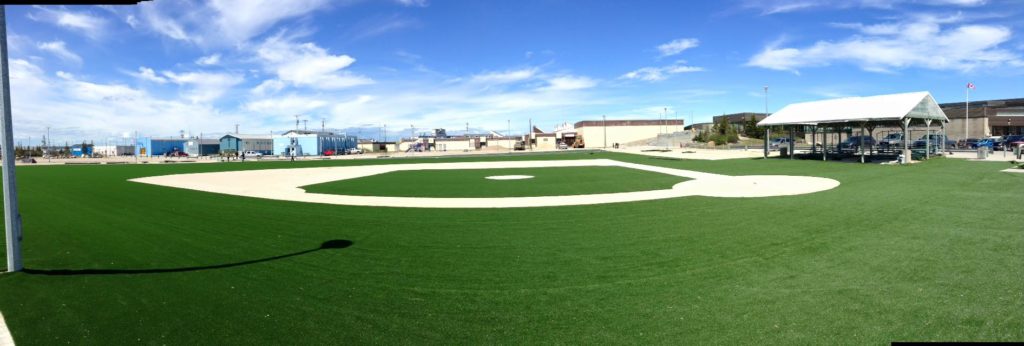
New synthetic turf in the Churchill town square. Alex De Vries – Magnifico photo.
Churchill is moving into the 21st Century with a new synthetic turf field for the town square behind the chamber of commerce information kiosk. Looking more like an artist’s depiction than the real thing, this image from Alex De Vries – Magnifico in Churchill shows the newly “mowed” field. The old field and town “green” was far from that with hard dirt and scattered rocks throughout. This will hopefully encourage the youth and adult population to participate in sports such as baseball and soccer throughout the summer months. The field will be finished just in time for Canada Day on July 1st and the annual ball tournament and other festivities!
I can’t help thinking of a funny Canada Day story that occurred when I was guiding Churchill Arctic Summer trips years ago. When I first started I would stay in Churchill and await the arrival of the group on the VIA Rail train with my Natural Habitat Adventures co-guide. Once they arrived we would guide travelers across the tundra in search of flowers and wildlife and over the waters of the Hudson Bay and Churchill River to see the beluga whales. The amazing biosphere of Churchill would be home for the next five days. At the end of the trip my co-guide would return to Winnipeg with the group by air and return a few days later by train. Not a bad gig!
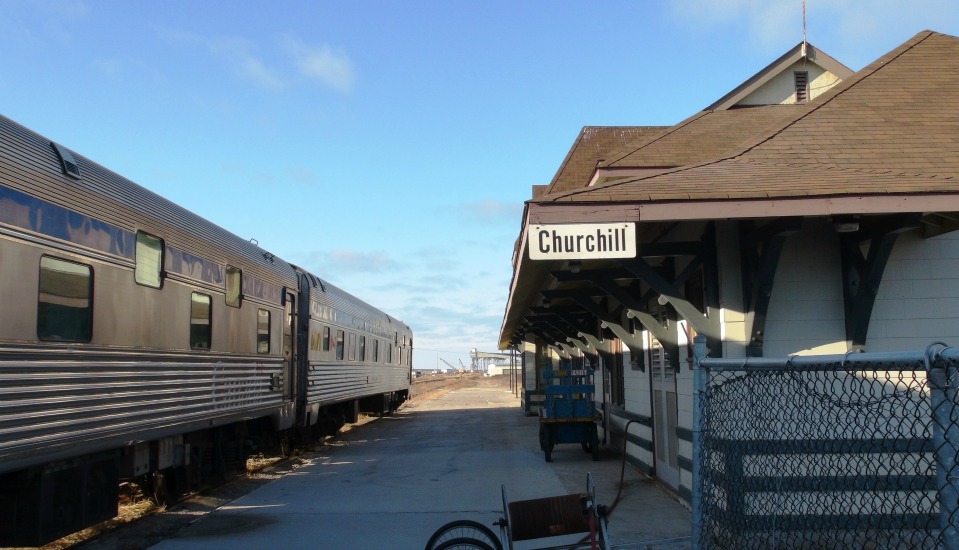
Churchill’s Via rail station with a train at the dock. Cartan Tours photo.
Train arrivals in those days, much like train arrivals these days, were often three – four hours late. Due to the warm weather and shifting permafrost in the summer months, trains would be issued “slow” orders that would only permit them to travel at recommended slow speed so to not place undo stress on the steel rails. Unfortunately, overloaded grain cargo trains heading to the Port of Churchill often disregarded the slow orders and periodically derailed in front of the passenger trains. These accidents caused huge delays and sometimes the necessity to reroute travelers on flights to Churchill or bus to get to a bigger town to wait out the track repairs. Not much has changed there either. All part of the adventure.
Churchill was putting on its usual festivities and I was taking part in the annual town softball tournament. Teams from the Churchill Northern Studies Center, the hospital, restaurants, Parcs Canada and just friends putting a team together were all enjoying the friendly competition on the diamond. Throughout the morning of the tournament, the train’s late – arrival had been updated numerous times and last I heard estimated to arrive in Churchill at roughly 3:00 pm. I came to learn that “roughly” in Churchill is all part of a vernacular we often refer to as “tundra time”.
Our game was going on around 1:30 pm and I was in my softball attire of sweats and a t-shirt, up at bat with the softball at the apex of its arc when I heard the train’s horn blowing loudly across the square. After raking a base – hit to right field (actually the aforementioned dirt and rocks) I glanced over to see the train limping into the station and I ran. Not towards first base but instead toward the Seaport Hotel to my room to change into proper Nat Hab guide attire and then cruise over to the station and meet the arriving group! I received lots of ribbing from the team for that panicky though funny exit…still makes me laugh to this day. Never trust the train schedule or rumors to its arrival in Churchill. Tundra time indeed!

Canada Day is on July 1st. Here’s an itinerary of the events planned. Town of Churchill image.
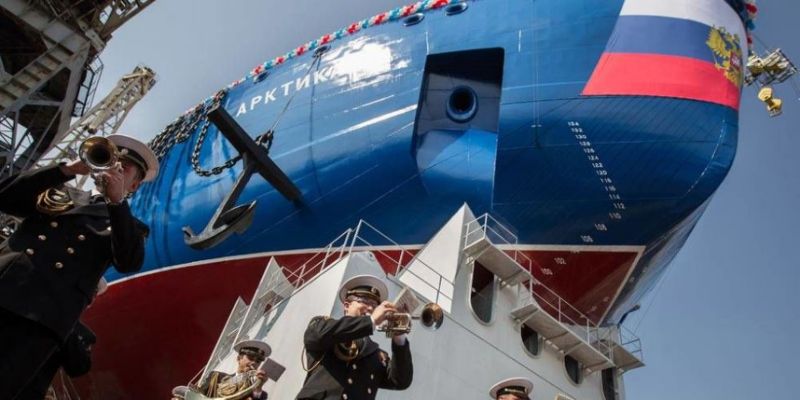
Russian icebreaker Arktika unveiled last week in Russia. Nikita Greydin/Courtesy of Baltic Shipyard photo.
Russia launched its biggest nuclear ice breaker to date last week in St. Petersburg. The 567-foot, 33,500-ton Arktika comes as Russia has plans to expand shipping routes and overall presence in the Arctic region.
Arktika is the first of a new class of ships known as Type LK-60YA, The long – term plan is for three vessels all commissioned by Russian state nuclear agency Rosatom. Utilizing 80,000 hp (60 megawatts) to crush ice, Arktika will be able to break through thirteen feet thick sea – ice and forge shipping routes in the high Arctic. This will allow container shipping along northern routes that otherwise would be impassable. The ensuing two sister ships will be, Siberia and Urals and will be built in 2018 and 2020.

Launching of the Russian icebreaker Arktika in St. Petersburg last Thursday. Evgeny Uvarov/Ap photo.
“There are no icebreakers equivalent to Arktika anywhere in the world,” Rosatom CEO Sergey Kirienkoy. “The icebreaker Arktika means real new opportunities for our country.”
Russian President Vladimir Putin maintains that the Northern Sea Route could be a better trade route than the Suez canal for world trade, The new icebreakers will play an important role in facilitating this expansion via the shorter distance to Asia and Europe while forging a consistent new route through the Arctic.
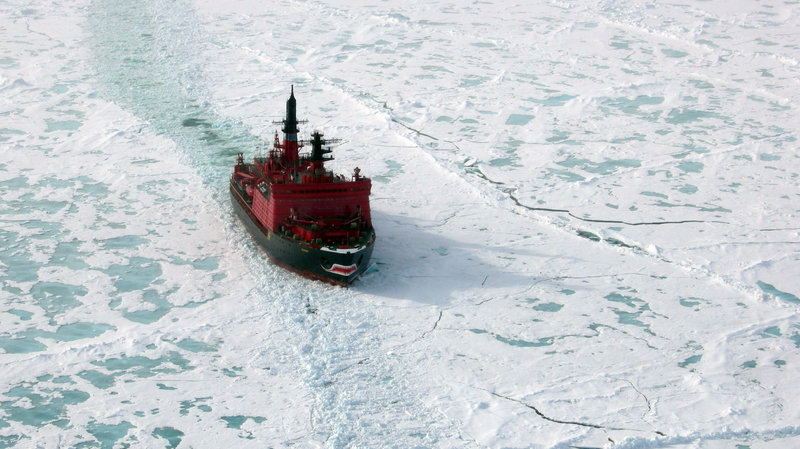
Russian nuclear powered Yamal in the Arctic 2007. Getty Images photo.
Russia currently has six nuclear icebreakers in operation as well as more than 30 diesel vessels while the United States has three Coast Guard operated icebreakers which are non-nuclear. The US vessels command only a quarter of the power that the Arktika has. This overall disparity has some officials concerned that Russia is primed for gaining a huge advantage in Arctic shipping and also the exploration for gas and oil deposits in the seabed.
“We’re not even in the same league as Russia right now,” stated Coast Guard Commandant Paul F. Zukunft in 2015.
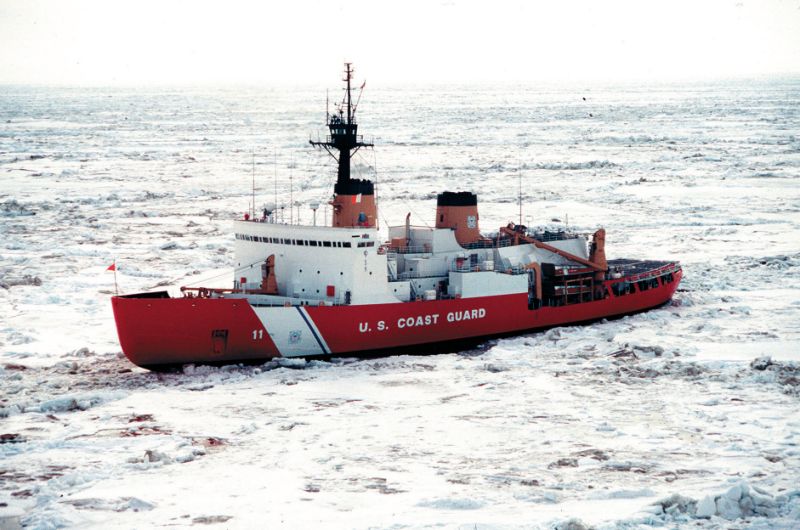
Coast guard icebreaker in the Arctic. US Coast guard photo.
The Obama administration is pressuring congress to approve construction of another Coast Guard icebreaker by 2020. Coast Guard has made it clear that the country needs to step up its fleet, “to ensure continued access to both polar regions and support the country’s economic, commercial, maritime and national security needs.” These needs come at a hefty price of roughly a billion dollars per ship.
Currently only five countries stake claim to the Arctic’s lands and waters: Russia, Norway, Canada, United States and Denmark.